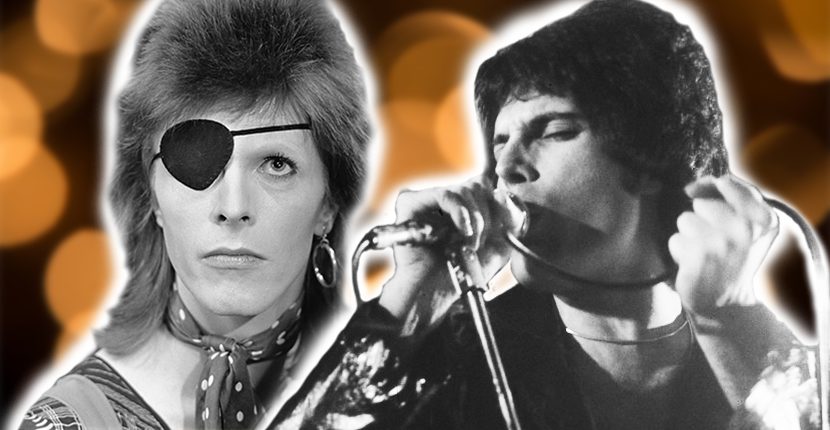When David Bowie stopped in to say hello to Queen frontman Freddie Mercury in a sleepy town in Switzerland in 1981, the two men were at widely divergent points in their careers. Queen was a far bigger commercial success, but Bowie was the critical darling.
Bowie and Mercury were both highly theatrical performers, but the glam rocker was considered cool, and Rolling Stone called Mercury’s voice “throat-scratching.” Ouch. But the two strong-willed singers appreciated each other’s musical talents, and when they got together for copious amounts of wine and substances for a marathon session one night in July 1981, they wrote and recorded a song that benefited both, notching another indelible hit in Queen’s repertoire and reinvigorating Bowie’s career. Even the title seemed fitting: “Under Pressure.”
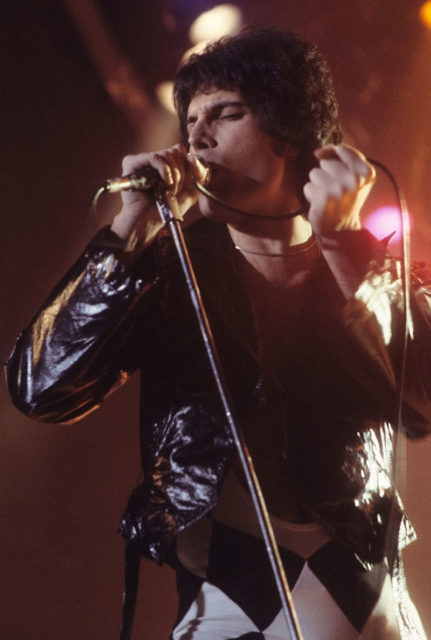
In the summer of 1981, the members of Queen—Mercury, guitarist Brian May, drummer Roger Taylor, and bassist John Deacon—were putting together new songs at Mountain Studios in Montreux, Switzerland, which they had bought in 1979 and where they would record six studio albums. (A producer bought it in 1995; today it is a museum called Queen: The Studio Experience.)
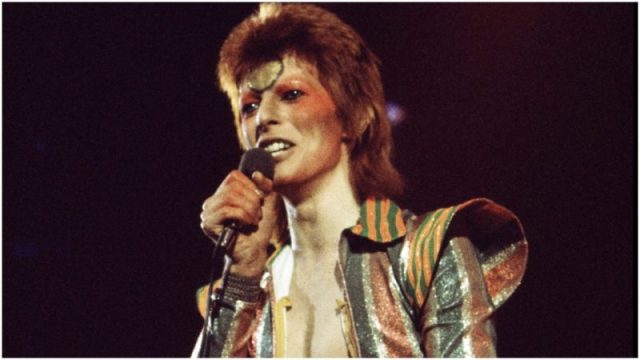
During the 1970s, Queen had become one of the biggest arena rock bands in the world, riding high off the success of hits that still blast over the radio today, such as “We Will Rock You,” “Another One Bites the Dust,” and “Bohemian Rhapsody,” the third best-selling U.K. single of all time. Their over-the-top concerts featured outrageous costumes, giant banks of lights, and high-camp vaudevillian songs that showed off Mercury’s truly astonishing four-octave range. The early 1980s were a time of heady excess for the band, as Brian May told Mojo magazine in a 1999 interview, which he said came close to destroying them all. “We were the biggest thing in the world for a moment in time and everything that goes with that really messes up your mind somehow.”
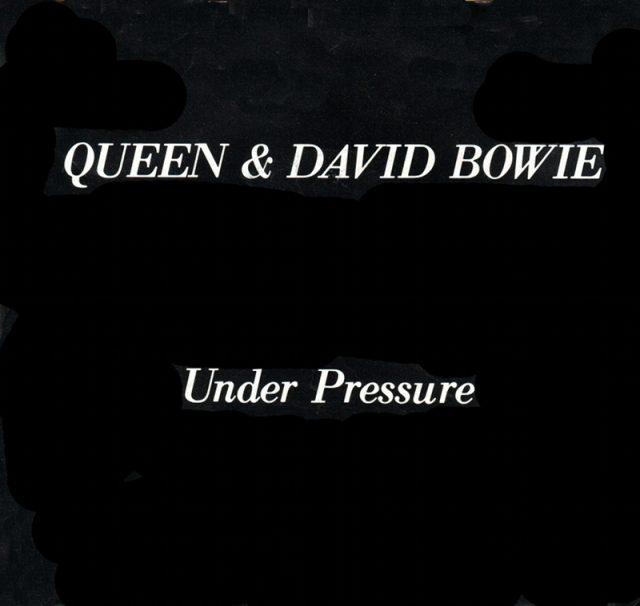
Bowie, meanwhile, was holed up in nearby Vevey, fresh off a divorce from model-actress Angie Barnett and a world tour he had completed without his usual copious cocaine consumption. By 1981, the chameleonic performer had already gone through several iterations of his ever-changing career, as the glam rocker Ziggy Stardust, the crooner of so-called “plastic soul” in the hit “Fame,” and the star of the cult film The Man Who Fell to Earth. The late 1970s saw his electronica collaborations with Brian Eno. While the variety no doubt sparked Bowie’s creative genius, it also confounded his fans, who had a hard time getting a fix on just which Bowie they were witnessing. Like Freddie Mercury, Bowie was no stranger to the excesses of the era, though his public persona was more quirky and odd in contrast with Mercury’s brassy boldness.
In July of 1981, when Bowie stopped by Mountain Studios, as May wrote in the Daily Mirror in 2016, the musicians decided the best way to get to know each other would be to play together. (Rock legend has it that Mercury first met Bowie when he worked at a boot stall in Kensington Market in 1969 and fitted the already-famous singer with a pair of boots.) Bass player Deacy played the signature six-note riff that became the motif of “Under Pressure” (and which Vanilla Ice would later appropriate in “Ice Ice Baby”). They took a break for dinner at a local restaurant, where they put back a number of bottles of the local wine, and went back to the studio, where May added a guitar riff to the bass line. “It really rocked,” May wrote. “Born completely spontaneously, it was fresh as a daisy.”
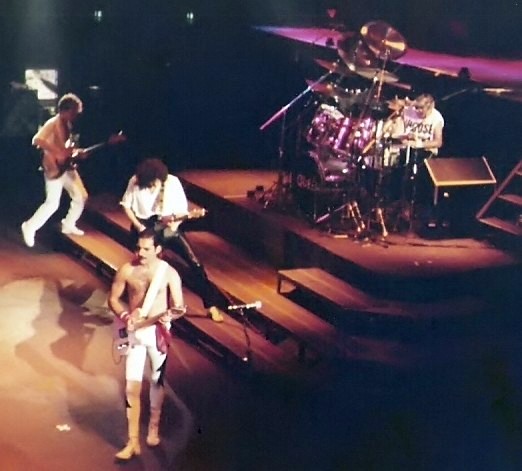
It was late, and a couple of the band members wanted to call it a night, but Bowie said no, insisting that they stay and lay down vocal tracks. In Is This the Real Life? The Untold Story of Queen, Mark Blake writes that a German producer at Mountain Studios at the time said the nearly 24-hour session was fueled by “so much blow.” Each singer went into the vocal booth and sang whatever came into their heads, without listening to each other. That’s where Mercury’s wordless scat that opens the song came from, as well as Bowie uttering the words “Pressure pushing down on me.”

Mercury and Bowie were friendly but rivalrous, both strong-willed, forceful, and competitive, and used to getting their own way. “Freddie and David locked horns, without a doubt,” May said in a 2017 interview with Mojo magazine. “But that’s when the sparks fly, and that’s why it turned out great.” In earlier interviews, May called Bowie “difficult” with his constant “inputting, inputting, inputting.” The song was first called “People on Streets,” but changed the next day when they returned to the studio and Bowie remixed the song, which caused a fierce clash with Mercury.
Today, critics consider Bowie as a kind of musical mentor for Mercury. “David Bowie … turned ‘Under Pressure’ into the most insanely powerful piece of music Queen ever touched,” according to a Slate tribute in 2016. A new biography of Bowie by Neil Cossar suggests there might be outtakes from the Montreux session of Bowie and Mercury singing together, though if they exist, those tracks haven’t yet been released to the public.
https://www.youtube.com/watch?v=YoDh_gHDvkk
Queen included “Under Pressure” on the 1982 album Hot Space. The song reached No. 1 on the U.K. Singles chart, and Queen incorporated it into their stadium shows, performing it up until Mercury’s untimely end in 1991 from complications from AIDS.
Related Article: Mary Austin – The Woman Freddie Mercury Loved and Left Most of his Fortune To
Shortly after the Montreux session, Bowie released Let’s Dance, which became the most commercial hit of his career. He chose not to perform “Under Pressure” in public until a 1992 Freddie Mercury Tribute Concert, where he sang it with Annie Lennox. He continued singing it at nearly every one of his subsequent shows until he stopped touring. Bowie released his final album, Blackstar, in 2016, and died of liver cancer just two days later. He was 69. One can’t help but hear the lyrics to Bowie and Mercury’s hit song: “This is our last dance. This is our last dance.”
